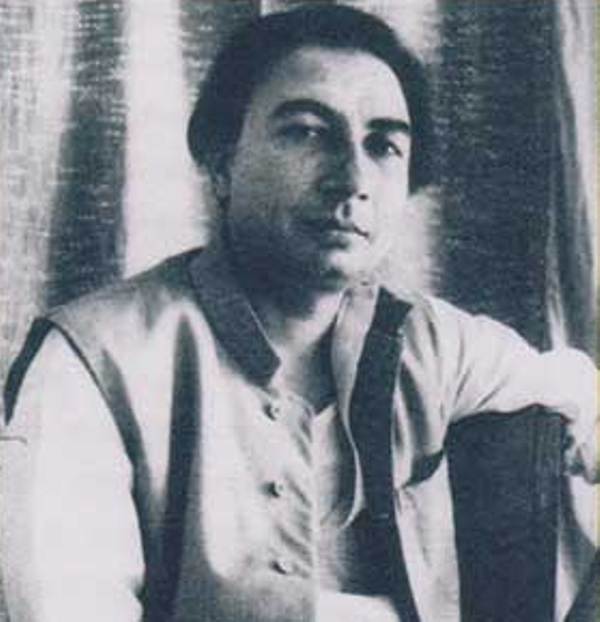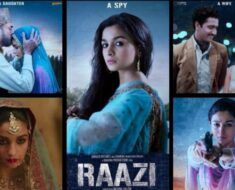Sahir Ludhianvi, a name synonymous with poetic genius, left an indelible mark on Indian cinema and literature. His life, as captivating as his lyrics, is a story of love, loss, and unwavering commitment to his art.
Wiki/Biography
Born Abdul Hayee on Tuesday, March 8, 1921, in Ludhiana, Punjab, British India, Sahir Ludhianvi’s zodiac sign was Pisces. He received his early education at Khalsa High School, Ludhiana. His education included Urdu and Persian under the tutelage of Maulana Faryaz Haryanvi. He later attended S.C.D. Government College, Ludhiana.
Accounts of his time in school vary. Some say he was expelled for speaking to a girl, Ishar Kaur, while others state he was asked to leave due to disagreements with his British principal, A.C.C. Hervey, over his anti-British poetry. Ironically, the college auditorium now bears his name.
In 1943, he moved to Lahore, joining Dayal Singh College and becoming the President of the Student Federation. Following the partition of India, he fled Lahore in 1949 after facing an arrest warrant issued by the Pakistani government due to his controversial communist statements. After a short stay in Delhi, he settled in Bombay (Mumbai), eventually moving to the Andheri suburb.
Family, Caste & Wife
Sahir Ludhianvi came from a Muslim family. His father, Fazal Mohammed, was a landlord, and his mother’s name was Sardar Begum. He had relationships with renowned poet Amrita Pritam and actress/singer Sudha Malhotra, but remained unmarried.
Career
His literary journey began in Lahore with his first Urdu publication, “Talkhiyaan (Bitterness),” in 1945. This collection, completed in 1943, took two years to find a publisher. He also worked as an editor for prominent magazines like Adab-e-Lateef, Shahkaar, Prithlari, and Savera and was a member of the Progressive Writers’ Association. His Bollywood debut was with four songs in the largely unnoticed film “Azadi Ki Raah Par” (1949).
Sahir’s breakthrough came with “Naujawaan” (1951), featuring music by S.D. Burman. His collaboration with Burman continued until “Pyaasa” (1957), ending due to artistic and contractual disagreements. He subsequently worked with many notable composers, including Ravi, Roshan, Mohammed Zahur Khayyam, Datta Naik, Shankar-Jaikishan, and Laxmikant-Pyarelal. His contributions to numerous hit films are significant.
He penned iconic songs like “Tu Hindu Banega Na Musalman,” “Allah Tero Naam,” “Main Pal Do Pal Ka Shayar Hoon,” “Kabhi Kabhie Mere Dil Mein,” and “Abhi Na Jaao Chhod Kar,” showcasing his wide-ranging style and thematic depth.
Controversies
Sahir Ludhianvi was known for his uncompromising stance. He often clashed with composers, insisting that music should complement his lyrics, not the other way around. His feud with S.D. Burman over credit for their collaborative success in *Pyaasa* is well documented. A disagreement with Lata Mangeshkar over payment further highlights his independent spirit. He also pushed for recognition of lyricists by AIR and HMV.
Awards & Honours
His contributions were acknowledged with several awards and honors:
- Padma Shri in 1971
- Commemorative stamp issued in 2013 on his 92nd birth anniversary
- Filmfare Awards for Best Lyricist (1964 and 1977)
Signature
His distinctive signature remains a symbol of his unique personality and artistic legacy.
Death
Sahir Ludhianvi passed away on October 25, 1980, due to a sudden cardiac arrest. He was initially buried in the Juhu Muslim Cemetery, Mumbai, but his tomb was later removed.
Facts
Here’s a glimpse into the fascinating details of Sahir Ludhianvi’s life:
- He was an avid reader and traveler.
- He was an atheist.
- His father’s remarriage when Sahir was 13 led to a difficult family situation.
- He started writing poetry during his school days.
- During his early struggles, he faced financial hardship, even selling his mother’s gold bangles.
- He adopted the pen name “Sahir Ludhianvi,” meaning “wizard from Ludhiana.”
- His complex relationship with Amrita Pritam is a significant part of his life story.
- He wrote songs for numerous iconic singers.
- His poetry uniquely addressed social issues and injustices.
- He was considered a “Bard for the Underdog.”
- His longest poem is “Parchaiyaan.”
- He built a bungalow in Bombay named “Parchaiyaan,” where he lived until his death.
- He had close friendships with several prominent figures in the film industry.
- His first royalty check was a mere Rs. 62.50, a story he cherished.
- He suffered from stage fright.
- His life and work have been the subject of many books and a stage play.
- An interesting anecdote involves an encounter with a notorious dacoit.
- There has been discussion of a biopic on his life.
Sahir’s Key Collaborations
| Film | Composer(s) | Notable Song(s) |
|---|---|---|
| Pyaasa (1957) | S.D. Burman | “Jaane Woh Kaise Log The” |
| Kabhi Kabhie (1976) | Khayyam | “Kabhi Kabhie Mere Dil Mein” |
| Aa Gale Lag Jaa (1973) | Khayyam | “Aa Gale Lag Jaa” |
| Naya Daur (1957) | O.P. Nayyar | “Ude Jab Jab Zulfein Teri” |







